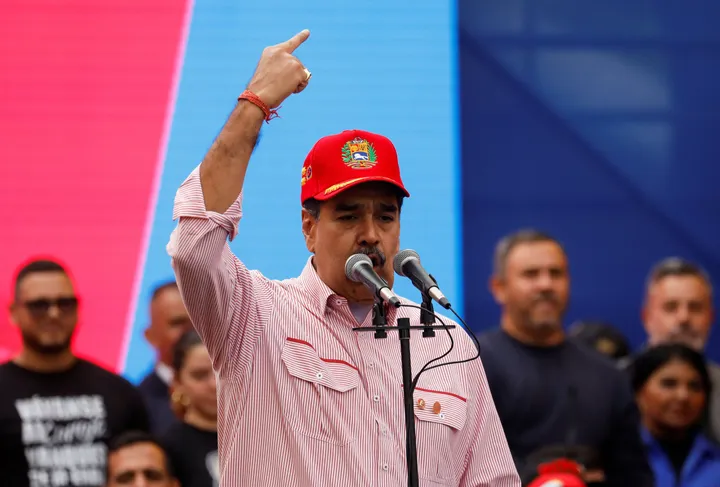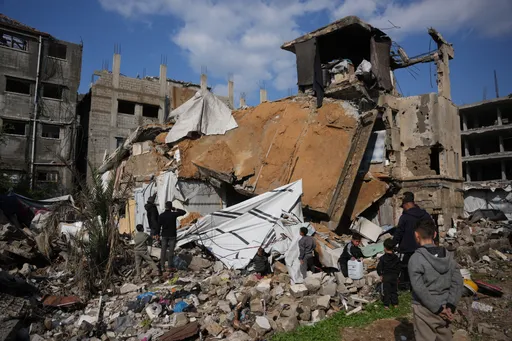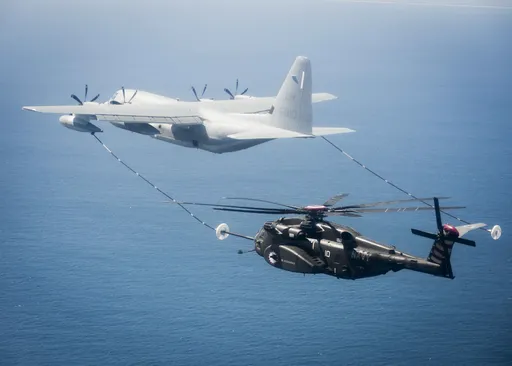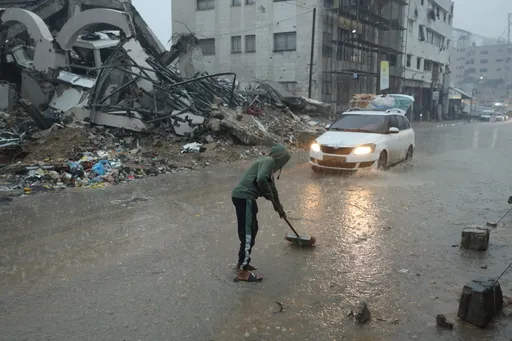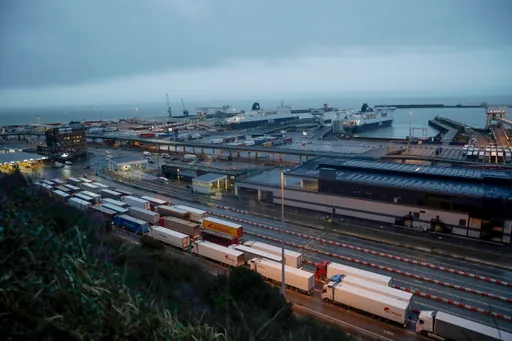Within the span of several days, the formidable Hayat Tahrir al Sham (HTS) group, which has positioned itself as the main actor in Syria’s opposition-held regions, started losing territory to the newly formed Jabhat Tahrir Suriya (JTS). The new development is slowly changing the dynamics in Idlib, the largest opposition-held territory in Syria.
JTS, which is the result of the two largest non-HTS groups in Idlib—Ahrar al Sham and Nour al Din al Zinki—joining forces, has managed to overtake several strategic villages and towns.
However, HTS is fighting back and has managed to regain some of the territories. Meanwhile, Al Qaeda, which had briefly dimmed its presence in the region as its ties slowly severed from HTS, has slowly made a resurgence as some defecting groups and leaders loyal to Al Qaeda have come together.
Clashes between the groups are ongoing, including in areas like the Bab al Hawa border crossing, which is a key source of income.
HTS is the umbrella organisation for the group formerly known as Jabhat Al Nusra, the Syrian affiliate of Al Qaeda, which was dissolved by its leader Abu Mohammad al Golani to form Jabhat Fateh al Sham, before taking its final form as HTS in early 2017.
Formation of JTS
Jabhat Tahrir Suriya, or the Syrian Liberation Front, announced its formation on February 18. A statement regarding its creation said it was formed between Ahrar al Sham and Nour al Din al Zinki, and called on other groups to join their cause—to be a “shield for the revolution and the people, and to be an arrow for the enemy Assad and those who help him…”
Highlighting the fact that they did not aim to take over the revolution and its political representation, the announcement said the JTS also vowed to stand against those who no longer knew where to aim their guns, or work against the forces of the revolution. This was meant to be a hint for HTS, which had been fighting other groups in the region.
On February 26, the Syrian Islamic Council, the biggest umbrella organisation bringing together Syrian Islamic legal experts and committees, issued a statement calling for an uprising against HTS.
Back and forth
JTS had some swift advances in some key villages and towns, including Darat Izzah, one of the largest cities in Idlib, but HTS has also launched a counter-offensive against JTS, and has regained control of some areas.
At the same time, HTS has been retreating from several areas, which some analysts say have been strategic retreats.
Local anti-HTS protests have also erupted in several towns and villages, both in Idlib and outside of it in Homs and Aleppo, prompting HTS retreats.
“...[N]either their numbers nor their weapons can determine whether [JTS or HTS] has more of an advantage. The most significant factor is the people's support,” said academic and Middle East specialist Serhat Erkmen.
“So in these clashes, indeed the strength of numbers, the amount of weapons and outside support are important, but the actual determinant is the support they receive from locals and the power they get from locals. When we look at it in this sense, we see that the JTS has more of an advantage over HTS.”
At the same time, Erkman lists several factors that could change the course of the conflict: the capacity of parties to withstand long periods of clashes, the possibility of outside support, the possibility of support fatigue from the local people, and the possibility of defections and participation from different groups.
There have reportedly been defections of several groups from HTS to JTS, but new groups could be emerging as well.
A Turkish diplomatic source who has been working on Syria for years told TRT World that Turkey's plans in Idlib have been to weaken the HTS politically as a first step, and strengthening the other groups as a second step.
Resurgence of Al Qaeda?
“Some factions that separated from HTS, recently announced that they have come together with some groups like Jaysh al Badiya to establish a new Al Qaeda [branch] in Syria,” explained Erkmen.
“This is a group that has broken off from HTS and is not to be underestimated. There are critical questions for us—whether HTS will remain allied with some, or whether we will see defections,” continued Erkmen. “The same goes for Ahrar-Zenki—will we see groups join them, or will they also fall apart?”
“These are the factors that will show how far the parties can advance in the short and medium term.”
HTS in its former manifestations had attempted mergers with Ahrar al Sham. While some of the hardliner Ahrar members defected and joined them, re-grouping as Jaysh al Ahrar, many didn't. Furthermore, the changing geopolitical circumstances as well as Ahrar al Sham's desire to get external support, especially from Turkey, pushed them towards a more nationalist and revolution-based standing. The fall of Aleppo, as well as infighting, pushed many opposition groups in 2015 and 2016 to raise the revolutionary flag.
The Nour al Din al Zinki group had joined Golani’s group in early 2017. But the Zinki group announced its split from the HTS in July, as it objected to its fighting against the Ahrar group. In the following months, the Zinki group and HTS experienced more open conflicts.
Observation posts in Idlib
At the same time, three countries that agreed to establish a de-escalation zone in Idlib—Turkey, Iran and Russia—continue to set up observation posts in the region, adding another dimension to the changing situation on the ground.
Turkey so far has set up three observation posts to the north, along the border with Afrin and three in the east, on the frontline of regime and opposition groups.
Russia has not officially declared setting up any observation posts, but sources from the field claim it has set up five of them in the east, across the ones Turkey has set up, as a buffer zone between the regime forces and the opposition forces.
And Iran has set up three observation posts in the south, again in between the opposition groups and regime forces, according to sources from the field.
Turkey’s entry to HTS-occupied Idlib, was preceded by a period of talks between Russia and HTS, with the former passing down information from the HTS to Turkey. Russia, which wants the group destroyed, still entered into talks with the militant organisation, as it viewed it as the best way of tackling the group, rather than trying to do so head-on. Russia’s calculations also took the US’ statements into consideration about “dealing with Al Qaeda” in opposition-held areas. Since Russia wanted to limit US action in Syria, dealing with the group on its own could help keep the US out.
Middle East expert Charles Lister underlined that HTS leader Golani wanted to avoid direct confrontation with Turkey, and says that Turkey’s move into Idlib through HTS territory would spark internal discord, considering that more hardline elements in the militant organisation would be opposed to Turkey moving through the territory. This, Lister said, had the indirect effect of slowly and internally weakening the group by making internal divisions more apparent.
From the perspective of Turkey, the diminishing presence of HTS and similar groups has also lessened the likelihood of Russian and regime interference in the northeast.




